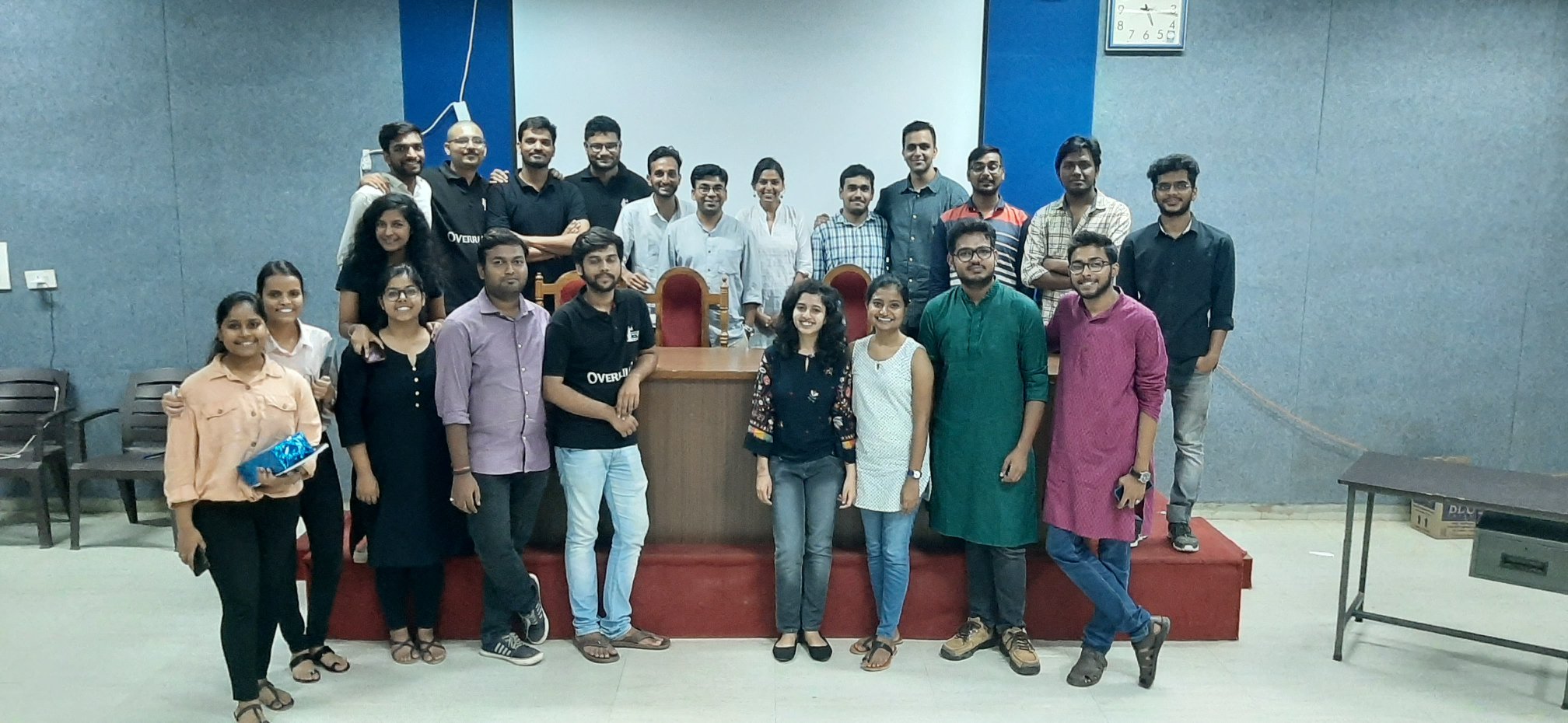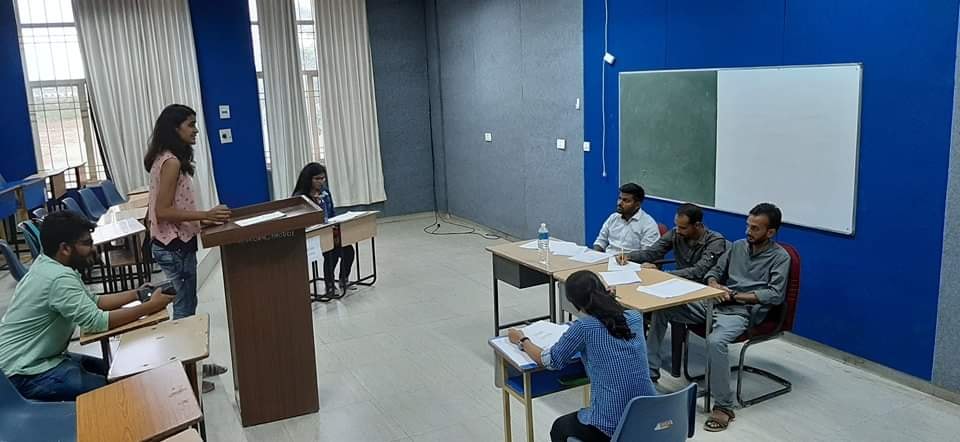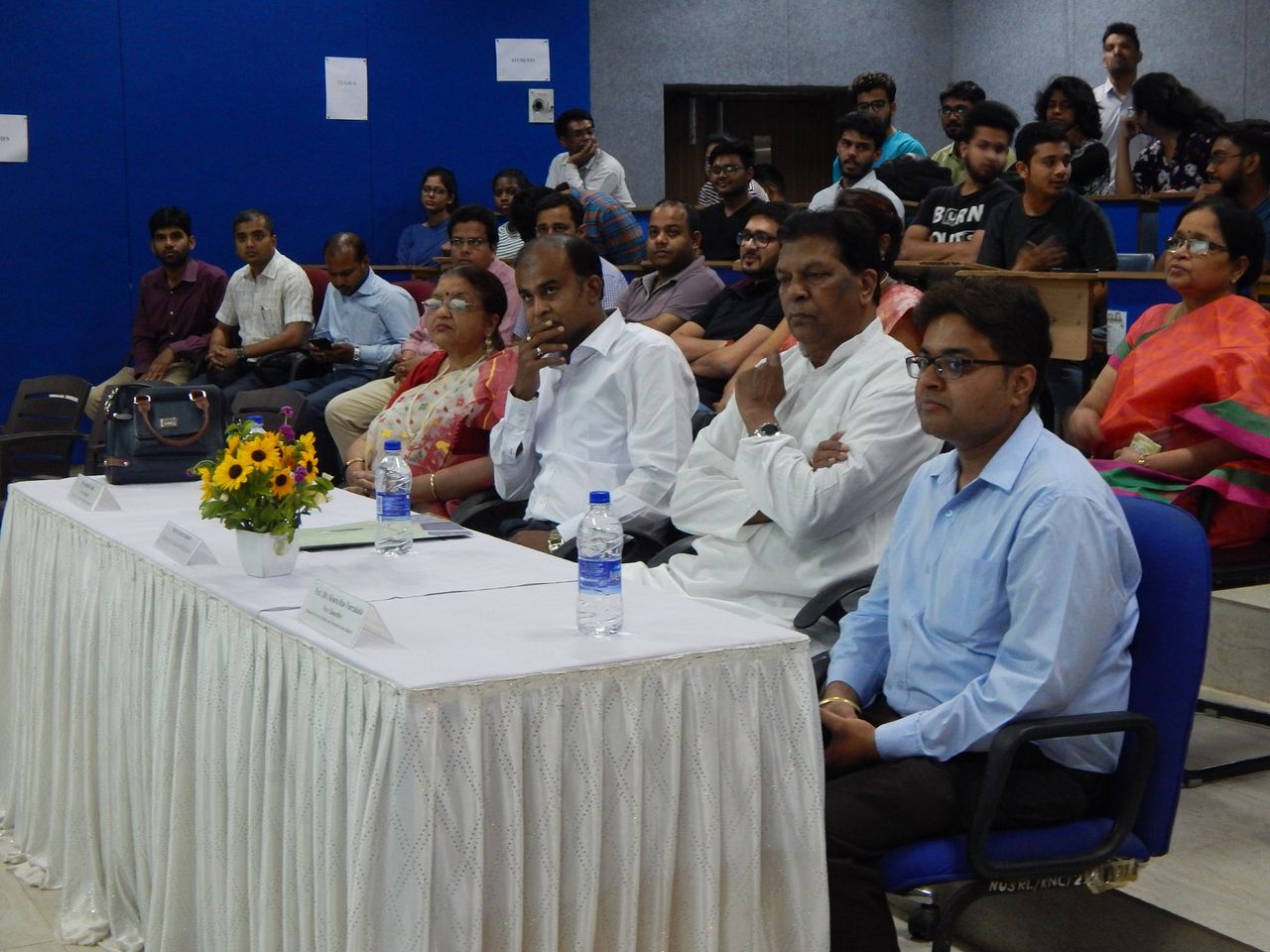Author: Shristy Gupta is a 2nd year law student at the Institute of Law, Nirma University.
Extensive deliberation has been devoted to the legal framework surrounding rape in India, particularly regarding the parameters defining consent within this context. In contrast to other criminal acts, instances of rape frequently unfold in remote or private sphere, presenting inherent challenges in discerning the victim’s consent or the moment of consent withdrawal via witness testimony or corroborative evidence.
The First clause of Section 375 stipulates that rape is committed if it is done “against her will”, while the Second clause says, “without her consent”. While these two terms may appear synonymous but are distinct. The element of active opposition may not be present when something is done against the will of the person. However, every act done against the will of the person also means that it is done without the consent of the person, but not vice versa. Consent is wider than will and the degree or standard of consent is different for different offences. Explanation 2 of Section 375 of IPC explains the concept of consent in rape as “Consent means an unequivocal voluntary agreement when the woman by words, gestures, or any form of verbal or non-verbal communication, communicates willingly to participate in the specific sexual act.”
The above explanation clearly stipulates that consent is an active deliberation and non-resistance or passive giving in cannot be deemed to be consent. Mere absence of physical resistance cannot be taken as her consent for sexual acts.
Section 90 of the Code explains consent as to what does not amount to consent under the Code. It states that “Consent is not consent in the sense intended by any section of this Code if it is given by a person under fear of injury or under a misconception of fact, and the person doing the act knows or has reason to believe, that the consent was given as a result of such fear or misunderstanding.”
Though explanation 2 to section 375 requires an explicit affirmative consent, judges in India have considered other factors to determine consent which often lead to victim blaming or expectation of an “ideal victim behaviour”. Amendments to rape laws in India was introduced in 1983 after the ill famous judgement of Supreme Court in TukaRam vs State of Maharashtra, 2020 popularly known as the Mathura rape case. In this case the Supreme Court acquitted the accused on the reasoning that no injury was found on the victim’s body after the incident and alleged that the intercourse was a peaceful one. The Court failed to appreciate the difference between “consent” and “passive submission”. Helpless surrender of the body induced by threat or fear, or authority cannot amount to consent. The Parliament to nullify the aftermath effects of this judgement inserted Section 114A in the Indian Evidence Act, 1872 which presumes absence of consent if the accused is in position of authority or trust and shifts the burden of proof on the perpetrator.
In another case of Mahmood Farooqui v. State, 2017, the Delhi High Court acquitted Farooqui, a writer, who forcibly performed oral sex upon a known acquaintance. The court reasoned that prior intimation between the parties and lack of much resistance by the victim could have led the accused to presume consent for the act. “A feeble no may mean a yes” were the exact words of the court. The court’s interpretation deviated from what is envisaged in the explanation of consent under Rape u/s 375 IPC. The court accepted the defence of mistake of fact to negate the mens rea of the accused. However, the court failed to realise that the offence of rape does not require the element of mens rea. The court’s judgement gives an upper hand to all men to presume consent unless denied by the woman. This translates the standard of consent from a proactive, expressive one to one based on presumption.
The case of DPP vs Morgan, 1976[1], the UK is widely criticised, where the House of Lords, although convicted the accused accepted their argument that the honest, genuine but mistaken belief of the accused that the victim was consenting to the act may or may not be reasonable. After receiving wide criticism, the Sexual Offences Act, 2003 was framed in the UK to override the effects of this judgement and settled the law there that the belief on the part of the defendant that the victim consented to the act must be reasonable and affirmative.
Such reasoning by the courts have led to victim-blaming and victim-shaming. Since the offence of rape often take place in closed environment, it becomes difficult to understand when the consent is revoked or withdrawn specially in cases when the parties know each other or have prior relationship. The only freehand for the judges to decide such cases of rape is to look at other extraneous factors like prior relationships, mark of injuries, resistance, victim’s lifestyle, sexual history, post assault behaviours. High reliability on such circumstances have led to creation of rape myths and stereotypes. This is an extremely grey area and nobody other than the parties have knowledge of the actual incident. Courts in deciding such cases often rely on the credibility of the victim, that is the moral credibility of the woman which often than not led to character assassination of the victim which only aggravates their pain and agony. Also, the old notion about why a woman would lie about the offence of rape is long gone with the increase in number of fake rape cases being registered.
This glaring lacuna in determining consent has made it difficult to objectively decide the absence or presence of consent. A Judge’s own rationality, sensitivity, progressive mindset, personal beliefs, opinion is the only tool left to decide such cases which can sometimes lead to huge miscarriage of justice. Recently in the case of Sri Rakesh B vs State of Karnataka, 2020, the court opined on the lifestyle of the woman and commented on the victim’s habit of staying up late at office and having drinks with the accused. Also, the court granted bail to the accused on the pretext that the victim felt tired and was asleep after being raped, implying that such behaviour does not render credibility. Despite Section 53A of the Evidence Act, 1872 prohibits introducing prior sexual experiences as evidence, courts still make judgments or remarks about the victim’s lifestyle. There is a lack of sufficient training regarding the sensitivity of these issues, resulting in victims facing humiliating cross-examination and shaming.
Also, under Section 136 of Indian Evidence Act, 1872, the judges are given full discretion as to the admissibility of evidence under criminal trial. Such discretion at the hands of judges is extremely vulnerable and there is a dire need to frame guidelines for judges to decide such cases of determining consent.
The recent Puttaswamy Judgement has put bodily autonomy and bodily integrity as the highest consideration. Affirmative standard shifts focus from the complainant’s actions to the defendant’s, enhancing victim autonomy and personhood. Accused individuals must actively seek consent, eliminating the defence of belief in consent. In patriarchal societies like India, cultural perceptions may lead men to disregard the need for consent.
The contentious issue of marital rape, governed by Exception 2 to Section 375 of the Indian Penal Code, negates consent. The provision exempts sexual intercourse between a husband and wife, aged 18 years or above, from constituting rape. Implicit in this exception is the assumption of ongoing consent within the marital relationship, affording husbands an unwarranted sense of entitlement over their wives’ bodies. This perpetuates a notion of spousal ownership and grants husbands unrestricted sexual prerogatives. Despite ongoing deliberations on the matter in the Supreme Court, the legal landscape remains unchanged. The impending judgment, anticipated soon, holds the potential to align India with the global trend of over 150 countries that have criminalized marital rape.
Despite the implementation of recent criminal laws, there has been no alteration in the stance regarding rape laws or the assessment of consent. In conclusion, incorporating affirmative consent into sex education alongside legal reforms is crucial to shaping the understanding of consent among youth in India. Existing gaps in the law need attention. It’s imperative to interpret Section 375 of the Indian Penal Code objectively, as implementing an affirmative consent standard is vital for safeguarding women’s autonomy. The risk of women facing unwanted advances justifies the need for affirmative consent. Overall, it empowers women to express their desires clearly and prevents misconceptions about consent.
[1] DPP v Morgan [1976] AC 182 (HL)







Leave a comment